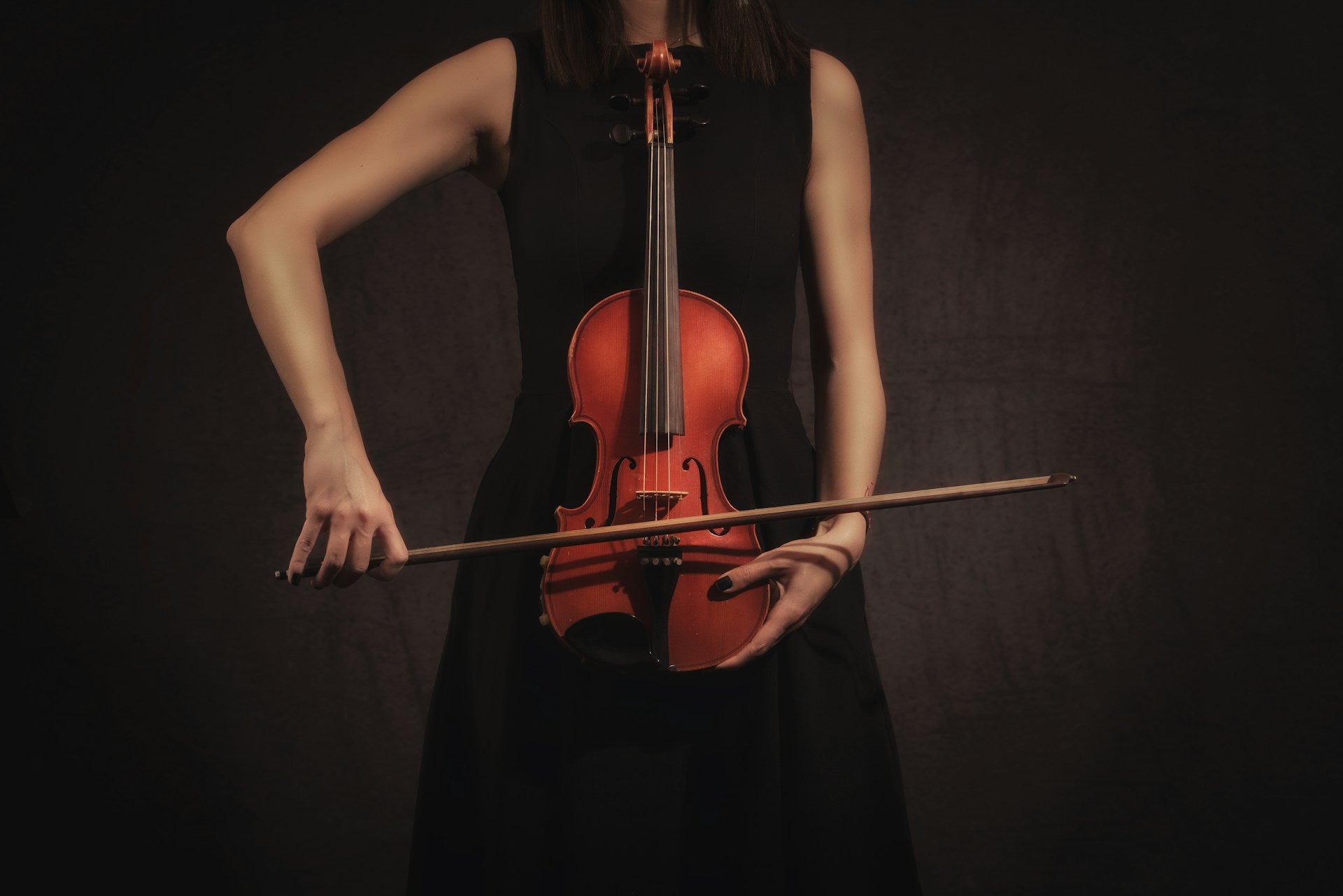Understanding the different parts of a violin is essential for both players and enthusiasts. Each component plays a crucial role in producing the instrument's unique sound. This guide will help you familiarize yourself with the anatomy of a violin.
The Body of the Violin
The Top Plate (Soundboard)
The top plate, also known as the soundboard, is typically made from spruce. It vibrates to produce sound and is vital for the instrument's acoustic quality.
The Back Plate
Made from maple, the back plate enhances the violin's resonance and projection. It is often intricately carved and contributes to the instrument's aesthetic appeal.
The Ribs
The ribs are the thin wooden strips that connect the top and back plates. They help shape the violin and provide structural integrity.
The Neck and Scroll
The Neck
The neck of the violin is where the fingerboard is attached. It is also made from maple and allows the player to hold and play the instrument comfortably.
The Scroll
The scroll is the decorative, curved end of the violin's neck. It is often intricately carved and adds to the instrument's visual appeal.
The Fingerboard
Material and Purpose
The fingerboard is a smooth, black piece of ebony wood attached to the neck. It provides a surface for the fingers to press the strings and create different pitches.
Positioning the Fingers
Proper finger placement on the fingerboard is crucial for accurate intonation and playing technique.
The Pegbox and Pegs
The Pegbox
The pegbox is located at the end of the neck and holds the tuning pegs. It is essential for adjusting the tension of the strings.
The Tuning Pegs
Tuning pegs are used to tighten or loosen the strings, allowing the player to tune the violin accurately.
The Bridge and Soundpost
The Bridge
The bridge is a small wooden piece that supports the strings and transfers vibrations to the soundboard. Proper bridge placement is essential for optimal sound production.
The Soundpost
The soundpost is a small dowel inside the violin, positioned between the top and back plates. It helps transfer sound vibrations and adds structural support.
The Tailpiece and Chinrest
The Tailpiece
The tailpiece anchors the strings at the bottom of the violin. It can be made from various materials, including wood, plastic, and metal.
The Chinrest
The chinrest is attached to the body of the violin and provides a comfortable spot for the player’s chin. It helps stabilize the instrument during playing.
The Strings and Bow
The Strings
A violin typically has four strings, each made from different materials such as gut, steel, or synthetic fibers. The strings are responsible for producing the instrument's sound.
The Bow
The bow is used to create sound by drawing it across the strings. It consists of a wooden stick with horsehair stretched between its ends.
Understanding the parts of a violin is crucial for any player or enthusiast. Each component contributes to the instrument's beautiful sound and overall functionality. At Long Island Violin Shop, we are committed to helping you understand and care for your instrument. Our experts are always available to assist with any questions you may have about your violin, from setup and maintenance to repairs and upgrades. With unparalleled customer service, including 100% trade-in value on most instruments and bows, free wellness checks, and a comprehensive range of services, we are dedicated to supporting your musical journey. Visit us at one of our three convenient locations in Huntington, Smithtown, and East Setauket for expert advice and assistance.



Leave a comment